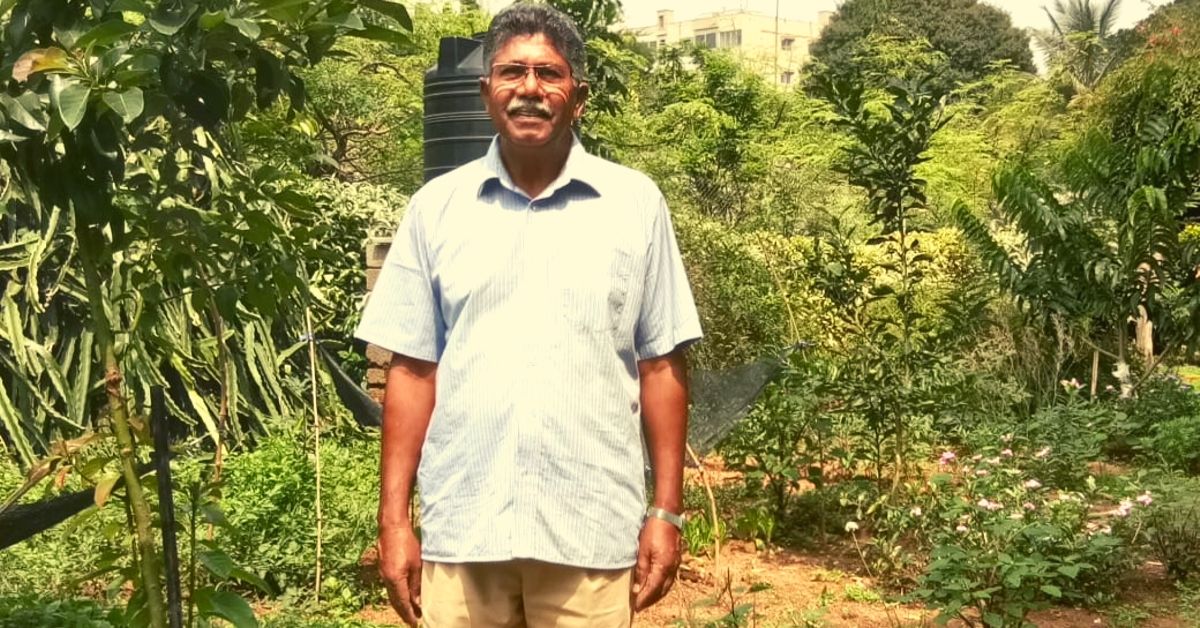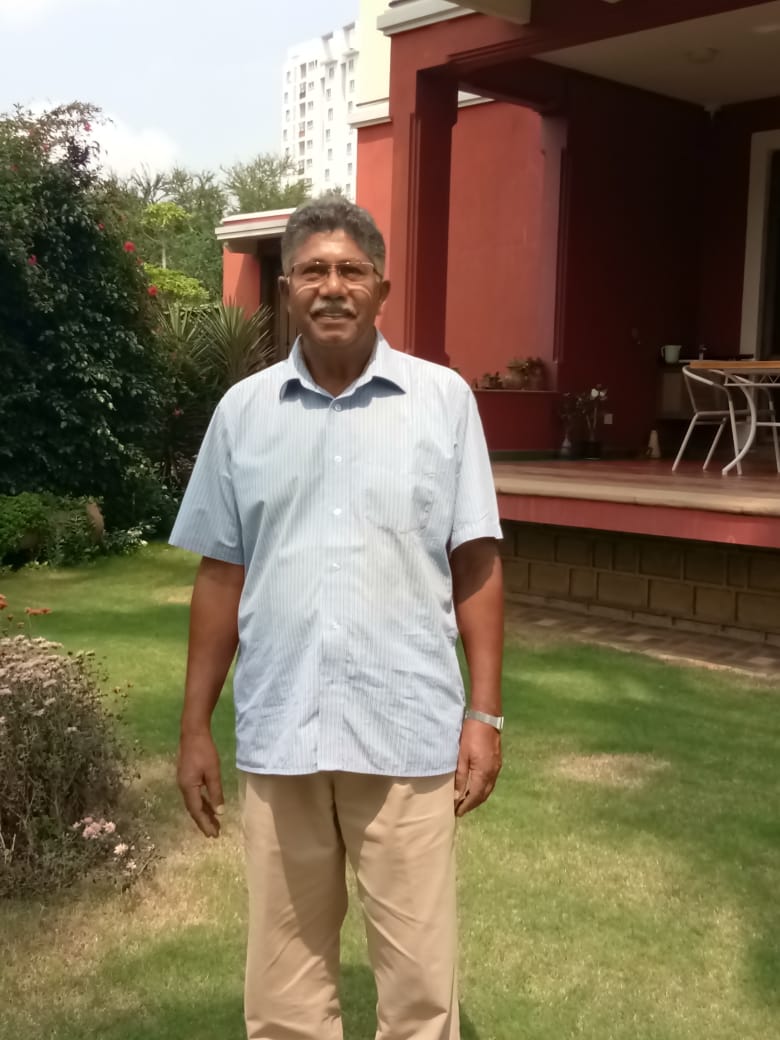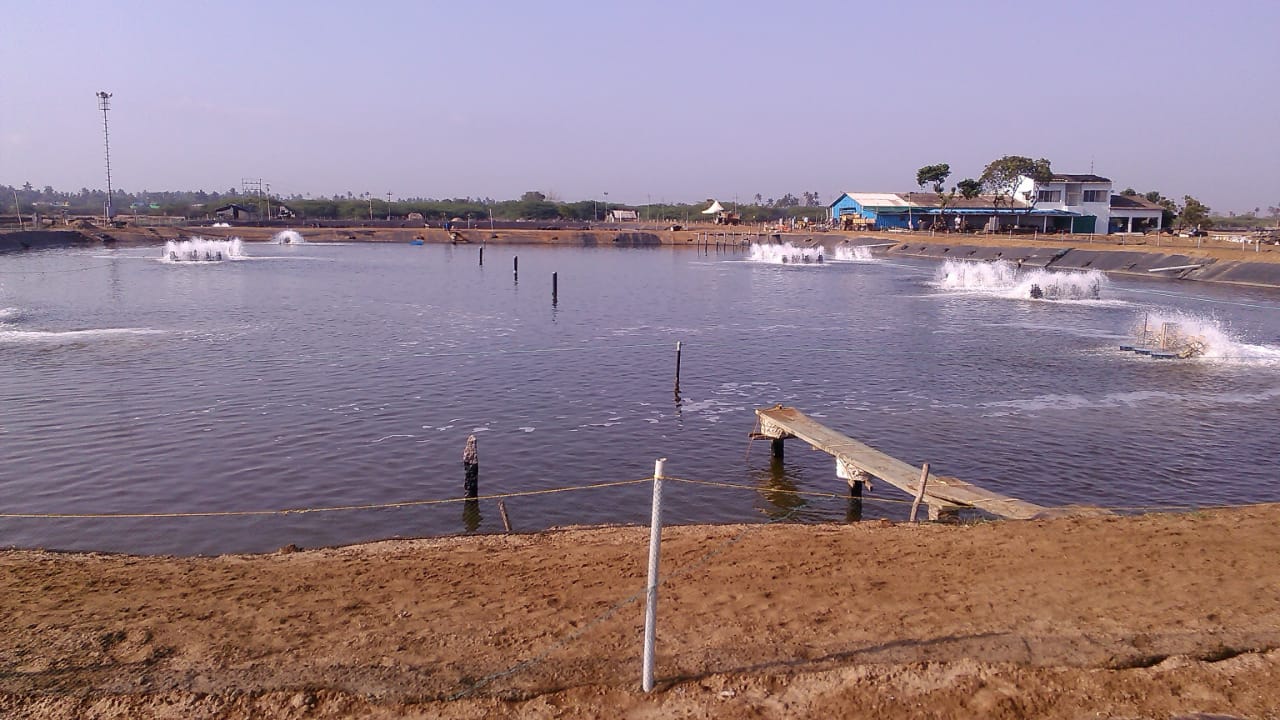Eco-Friendly Recycling Method Helps IITian Increase Shrimp Production by 400%!
The one-of-its-kind farm has not only been a source of learning for the farmers in the village but also for researchers across India!

When IIT-Madras alumnus, Suryakumar Boriah moved back to India in the late eighties after working in the United States in the field of engineering, he wanted to work for a cause that he felt passionate about. He started exploring alternative career options and decided to give shrimp farming a chance.
“My family has been farming for decades now and an integral part of my upbringing. But I did not want to grow vegetables and fruits, so I decided to explore shrimp farming and today, it has been 30 years since I have been doing shrimp cultivation,” Boriah tells The Better India.
Sow a seed today to grow an eco-friendly and sustainable environment tomorrow. Check out Pepaa Seed Paper Grow Kit here.
Boriah’s 100-acre eco-friendly shrimp farm is located in Tamil Nadu’s Mahendrapalli village. This one-of-its-kind farm is a successful example of disease resistant, eco-friendly shrimp farming employing the biofloc technology (BFT) known to increase the output twofold naturally, keep insects at bay and has zero-water exchange.

No wonder this farm is a source of learning for the farmers in the village and researchers across India!
Boriah learnt the BFT from professor Yoram Avnimelech of Technion, an author and professor at the Israel Institute of Technology, Haifa.
Interestingly, Avnimelech studied the farm techniques Boriah used and even wrote about it in one of his papers on cultivating shrimp in small ponds.
Understanding The Problem
Shrimp farmers use a lot of chemicals and culture during shrimp farming which is susceptible to diseases like the White Spot Virus. While the chemicals do help in preventing the disease outbreak, they can end up in the shrimp, putting consumers at risk.
Another challenge that comes with shrimp farming is the artificial feed given to the shrimps to ensure high-density farming.
“When the proportion of feed is high, the shrimp waste discharged in the pond is also high. And the excess feed contain high amount of proteins that eventually breakdown into ammonia, which is the biggest challenge in aquafarming,” the 66-year-old explains.
With excess waste and feed in the ponds, an effective waste-treatment facility is necessary considering that farmers have to flush out the pond water once every month. If the water in unfiltered, it can pollute the water body it is being discharged into or even pollute the neighbouring farming lands.
Facing the Problem

Boriah started his company Hitide Seafarms in 1989 to cultivate shrimps. He used the traditional method of pumping water from estuary to exchange pond water but the estuary’s water quality and level is usually affected by scanty rainfall.
While he continued battling with minor problems, his practice was severely hit during 1996-97 when the farm was attacked by the White Spot Syndrome Virus, a viral infection affecting penaeid shrimp.
To counter this, he started interacting with experts in the field and fortunately, during a seminar in Kochi, he met Avnimelech who told him about BFT and also spent some time in Boriah’s village to guide him.
Addressing the Challenges
“The BFT enhances the water quality in aquaculture in a sustainable manner,” informs Boriah.
A biofloc looks like brown or green sludge which is an aggregate of uneaten feeds, shrimp waste and microorganisms such as bacteria, algae, fungi, invertebrates and detritus, etc. It uses photosynthesis to convert the waste into nutritious food.
Boriah uses heterotrophic bacteria as a major component in the open pond. Heterotrophic bacteria multiplies upon consuming ammonia.
Boriah also adds molasses in the pond to increase bacterial growth. The bacteria, in turn, becomes protein that can be fed to the shrimps.
When the population of bacteria is high, they combine together to become floc which also naturally filters the gills of the fish.

To protect the shrimp from diseases, Boriah has laid High-density polyethylene (HDPE) sheets in the pond. The most important element in BFT is the aeration or oxygen that has to be supplied constantly. For the same, Boriah has installed an aerator.
“On the one hand the heterotrophic bacteria needs oxygen for life processes and on the other hand, solids in the pond reduce the ability of the water to hold oxygen. In such a scenario, oxygen must be added through aeration process. One has to ensure 100 per cent power back up otherwise the entire exercise can fail,” he adds.
The Result
The production per unit at Boriah’s farm is approximately four times higher than conventional cultivation. “Presently, the biofloc pond gives up to 20 tonnes of shrimp per hectare as against five tonnes,” Boriah shares.
As for the investment cost, one requires an investment of Rs 30 lakh per hectare to set up an eco-friendly shrimp farm.
“Aerators, bacteria and a reliable team of 75 people are behind the success of sustainable shrimp farming,” says Boriah.
The shrimp farmer highly recommends sustainable farming that will not only give higher profits and yield but also work in harmony with nature.
“You just have to follow the rules of the land by using natural inputs and avoid pesticides or antibiotics. Lastly, ensure that waste water is not dumped in the river,” he signs off.
Also Read: 74-YO Ex-IPS Officer Turns Organic Farmer, Grows Paddy & Shrimp in Kerala!
Picture Courtesy: Suryakumar Boriah
(Edited by Saiqua Sultan)
Like this story? Or have something to share?
Write to us: [email protected]
Connect with us on Facebook and Twitter.
If you found our stories insightful, informative, or even just enjoyable, we invite you to consider making a voluntary payment to support the work we do at The Better India. Your contribution helps us continue producing quality content that educates, inspires, and drives positive change.
Choose one of the payment options below for your contribution-
By paying for the stories you value, you directly contribute to sustaining our efforts focused on making a difference in the world. Together, let’s ensure that impactful stories continue to be told and shared, enriching lives and communities alike.
Thank you for your support. Here are some frequently asked questions you might find helpful to know why you are contributing?


This story made me
-
97
-
121
-
89
-
167











